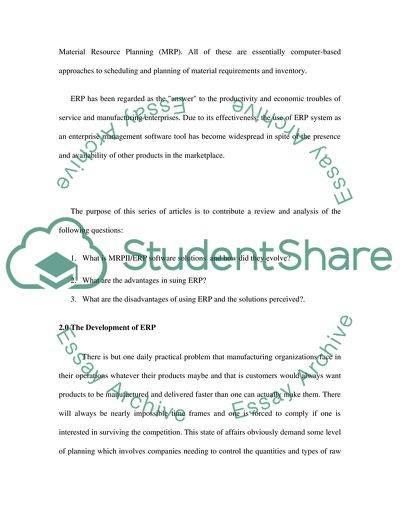Cite this document
(The Application of Information Technology in the Workplace Essay, n.d.)
The Application of Information Technology in the Workplace Essay. Retrieved from https://studentshare.org/information-technology/1713107-mrpii-and-erp
The Application of Information Technology in the Workplace Essay. Retrieved from https://studentshare.org/information-technology/1713107-mrpii-and-erp
(The Application of Information Technology in the Workplace Essay)
The Application of Information Technology in the Workplace Essay. https://studentshare.org/information-technology/1713107-mrpii-and-erp.
The Application of Information Technology in the Workplace Essay. https://studentshare.org/information-technology/1713107-mrpii-and-erp.
“The Application of Information Technology in the Workplace Essay”, n.d. https://studentshare.org/information-technology/1713107-mrpii-and-erp.


